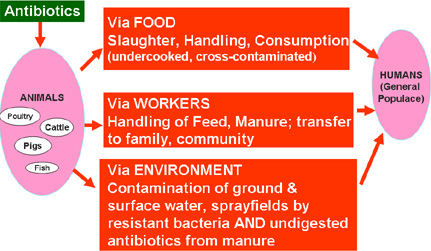- Fitness (19)
- News & Reviews (25)
- Nutrition (20)
- Science (10)
- Supplements (6)
- Technologies (8)
- The Arts (9)
Risks of Pill-Popping: Side Effects in the News
September 1st, 2015
By Cathie Dunal, MD, MPH: A few months ago we were astonished to learn that common medications—sleep meds like Sonata and Ambien, anxiety meds like Xanax and Valium, and over-the-counter allergy meds like Benadryl and Chlor-Trimeton—are all associated with increased risk of Alzheimer’s disease. A five percent increased risk with as little as ninety days of use in your lifetime! Yikes!
The latest medicine surprise is NSAIDS, or non-steroidal anti-inflammatories. They bring a ten to fifty percent increased risk of “cardiovascular thrombotic events”—heart attacks and strokes. We pop these pills like candy—the most common are Motrin/ibuprofen, Aleve/naproxen, and prescription anti-inflammatories. The new advisory from the FDA is to take as little as possible for as short a time as possible.
My take is that we ought to wake up to the possibility that popping a pill isn’t the optimal first step to treating medical conditions. (Note that I’m not talking about serious infections, endocrine conditions, etc.) The first step should be prevention via lifestyle. The next first step, assuming a problem is already raising its ugly head, is lifestyle treatment. Then—but only after addressing immediate and preventive lifestyle interventions—we should delve into non-pharmacological interventions–and prescriptions.
Let’s take aches and pains as an example. Continue reading »
Filed under News & Reviews, Science | Comments Off on Risks of Pill-Popping: Side Effects in the NewsNever Go To Bed Angry
February 4th, 2012
 By Anahad O’Connor, the New York Times: Most people have heard the old saw about going to bed upset: Never do it, the saying goes, or the hard feelings will fester and resentment will build.
By Anahad O’Connor, the New York Times: Most people have heard the old saw about going to bed upset: Never do it, the saying goes, or the hard feelings will fester and resentment will build.Some say it goes back to the Bible, in Ephesians 4:26. “Let not the sun go down upon your wrath.” Regardless of its origins, the adage has been scarcely researched. But in a recent study in The Journal of Neuroscience, scientists found there might be a nugget of truth to it: Going to sleep after experiencing negative emotions appears to reinforce or “preserve” them.
Filed under Science | Comments Off on Never Go To Bed AngryAntibiotic Resistance
September 16th, 2011

A Report from the Physicians Committee for Responsible Medicine: The growing public health threat of antibiotic resistance is almost entirely attributed to antimicrobial use in animal agriculture.
Animals raised for meat and dairy products are routinely treated with antibiotics to promote growth and reduce the risk of illnesses that would otherwise be common in crowded living conditions. Currently, 80 percent of antibiotics used in the United States are administered to animals on farms.
Widespread use of antibiotics can give rise to resistant bacteria, which may or may not cause disease in the animals. Through contact with farm workers and contaminated waste runoff, resistant bacteria can spread to humans and to other animals.
Bacteria can also transfer resistance traits to other strains and classes of bacteria.
So the fewer antibiotics we consume on a daily basis through animal products, the healthier we’ll be! — Cathie
Filed under Science | Comments Off on Antibiotic ResistanceThe Art of Science
August 20th, 2011

FEI produces and distributes electron microscopes for nanoscale research. They hold an annual image contest among those who own their machines and exhibit these images on their site. The 2011 winner (above) by Martina Dienstleder (hand-colored by Manuel Paller) is a micrograph of a cracked particle of steel.
Here are a few more images from their gallery:
Filed under Science | Comments Off on The Art of Science



















